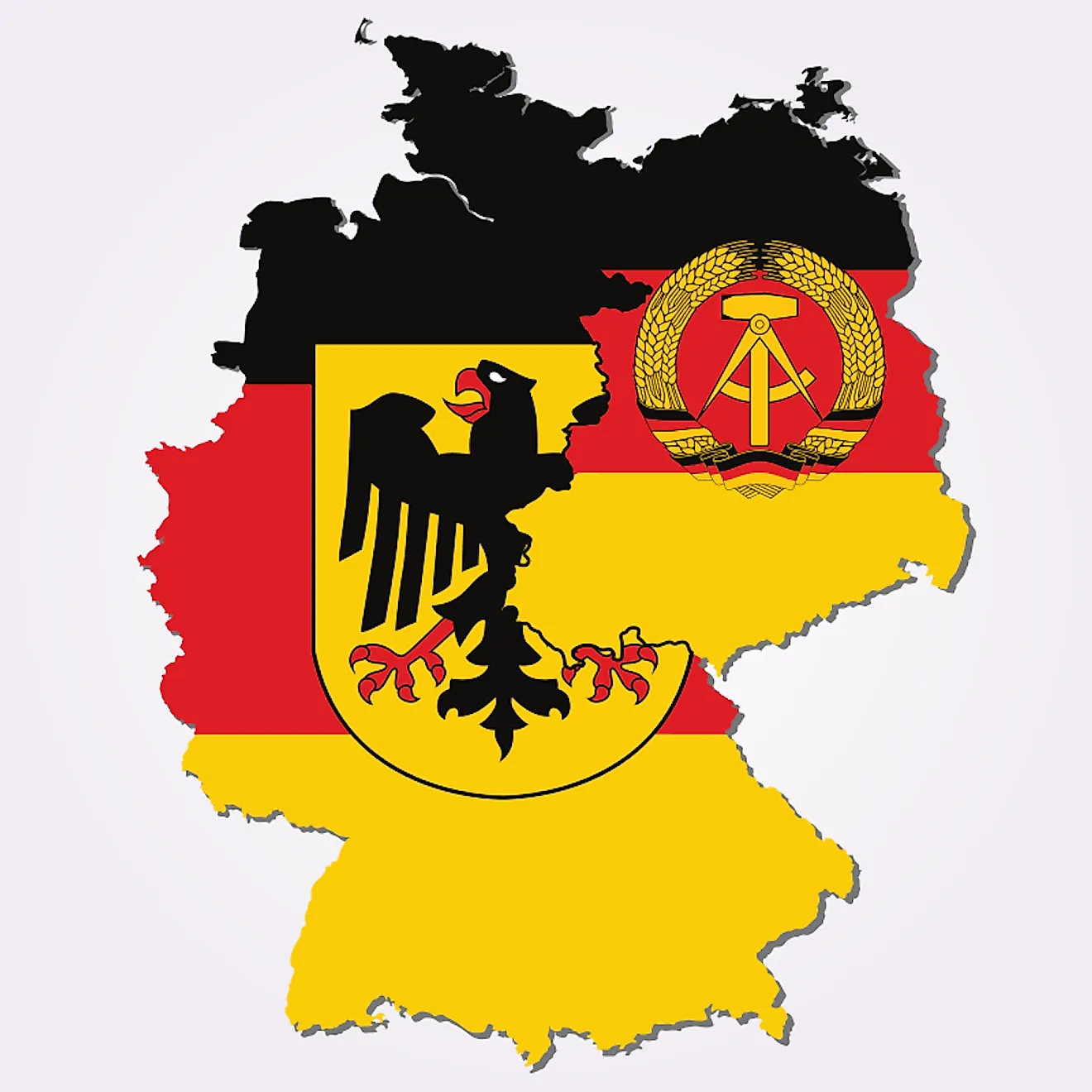
West Germany
After the collapse of the Nazi War Machine, the future of Germany was volatile and delicate. World leaders needed to prepare an urgent reorganization of the disassembled state, avoiding humanitarian disasters while simultaneously ensuring justice on behalf of the many victims of World War II. In retrospect, hasty penalizations against Germany after World War I are considered a major contributing factor to the events that led to the second world war. Therefore, Germany was divided into four provinces governed by France, the United States, the United Kingdom, and the USSR. The large portion granted to the USSR is known as East Germany, and because the other sections were more politically united, they are called West Germany. Understanding the events and decisions that formed West Germany is crucial to forming an intelligent opinion on modern-day politics; after all, this is what led to the creation of the European Union as we know it today.
Formation And Continuation Of West Germany
Germany was divided into four sections during the 1945 Yalta Conference and any territorial expansions that occurred after 1937 were immediately nullified. The agreement was not intended to be a permanent separation or a voiding of national identity; rather, it was understood that foreign administration and governance would be necessary for stability and likely impermanent. However, the Warsaw Pact and the onset of the Korean war in the 1950s further divided the Western and Eastern Blocs.
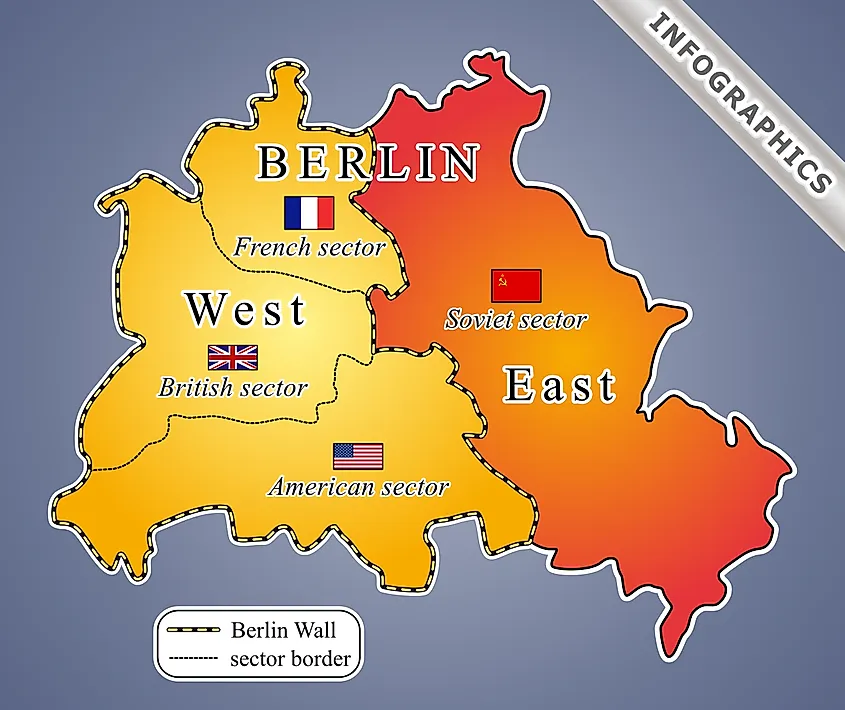
USSR "vassals," including Poland and East Germany, formed a more cohesive alliance, and the Soviets blockaded West Berlin until the Berlin airlift emancipated the city. Notably, by 1949 the Trizone of western territories united to form the Federal Republic of Germany (FRG), which slowly regained autonomy by allying itself with the interests of the United Nations and NATO. Over the next several years, discussion over West Germany's ability to rearm itself lingered until the Brussels Treaty was modified. Military efforts were only permitted for the sake of national defense, the FRG would have sovereign control, and German citizens would not be forced to serve. In October 1990, East Germany seceded from USSR governance and was absorbed into West Germany. Berlin became the new political capital, and East Germany adopted West Germany's alliances and policies.
“Wirtschaftswunder”
Known in English as "The Miracle on the Rhine," this term encapsulates the rapid and formidable recovery that West Germany experienced during the 1950s. Spearheaded by the first chancellor, Konrad Adenauer, his office prioritized NATO alliances and Western cooperation as opposed to neutrality. The European Coal and Steel Community further aided that recovery by inviting West Germany into the organization. By the 1960s, the economy's growth decelerated, and Adenauer stepped down during a controversy involving freedom of speech. For less than five years, Willy Brandy served as a Chancellor who gained enormous popularity by pushing progressive reforms focused on education, healthcare, the environment, and social security. Moreover, workers' rights became a more foundational aspect of German politics. The overall strength of West Germany's economy at the time of the Eastern Bloc's collapse created an incentive for East Germany to reunify.
Location Of West Germany
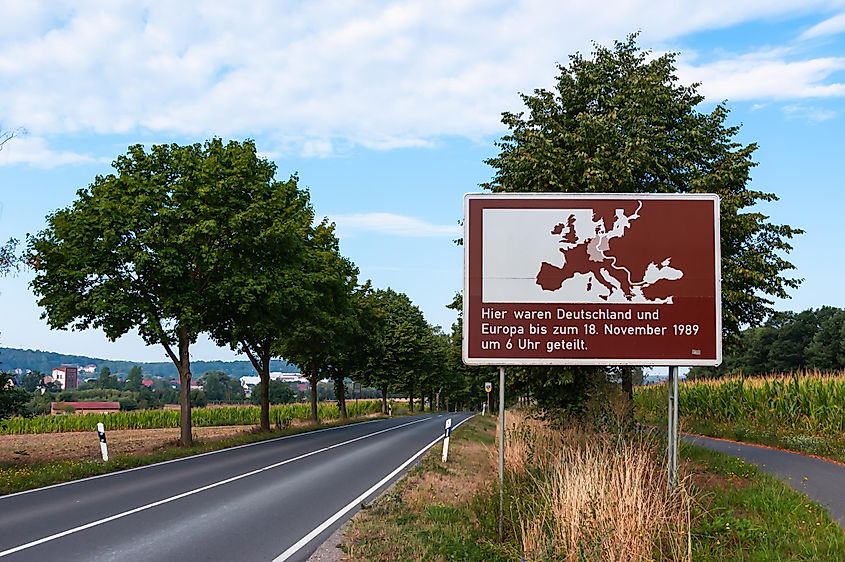
The border between East and West Germany begins east of Hamburg, proceeds south until it is 80 miles east of Frankfurt and 70 miles north of Nuremberg, and concludes at the western tip of Czechia near the town of Cheb. Encasing both east and west Germany are the modern-day borders that are still in use. The U.S. maintained the largest piece of west Germany in the southeast, France maintained the southwestern corner, and the United Kingdom controlled most of the north that extended from the midsection. Albeit, in 1949, each section merged to form the Federal Republic of Germany, which is also called West Germany. Notably, the borders of West Germany were based upon the 19th-century makeup of East Francia and the Napoleonic confederation of the Rhine. An exception is Berlin, where the eastern section of the city was under USSR control, and West Germany claimed the western half.
Geography And Population Of West Germany
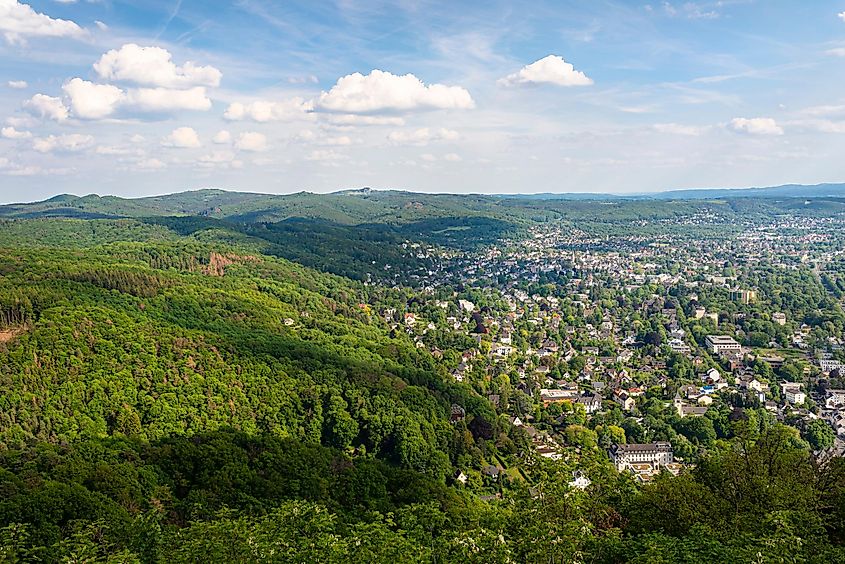
Almost forty million people lived in this French/British/American "Trizone," which covered 96 thousand square miles. In comparison, modern-day Germany is 138 thousand square miles. Worth noting is that following the end of World War II, 8 million German refugees returned to West Germany. When the war ended, food scarcity became an issue best addressed through agriculture. The majority of West Germany, in the north, sits on an area dubbed the North European Plain, which consists of terrain ideal for farmland. Germans that were expelled from other countries created an endless supply of labor, so the only variables were soil and weather.
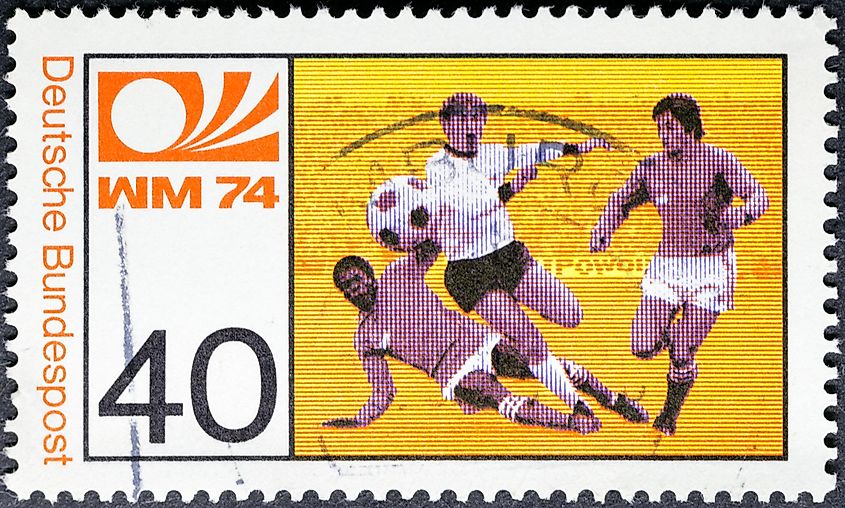
Furthermore, the farmlands were not efficiently divided, so the only solution would be consolidating plots through large-scale public investment. This massive subsidization and market control resulted in less competitive interest in production and a failure to adopt new techniques. For example, horses and hand labor were common in West Germany, while tractors and machines dominated markets elsewhere.
Throughout the 20th century, the people of Germany endured two world wars and 45 years of national fragmentation, albeit somewhat self-inflicted. Considering the atrocities that occurred during World War II, it is remarkable that the German identity still exists today, as allowed by the victorious western and eastern forces. Symbolic of the oncoming cold war, Germany's division hosted blatant examples of the cultural and economic differences between the Eastern and Western Blocs. Despite the hardships that Germany faced, it is worth remembering that had the Third Reich emerged victorious, the identity of Europe and many parts of the world would have been calamitously trodden upon.











